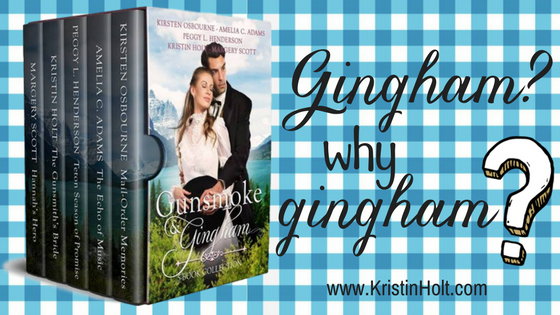
by Kristin Holt | Jul 1, 2018 | Articles
In Victorian men’s fashion, Collars and Cuffs were something altogether separate and different than a shirt. A whole different paradigm, given today’s men’s dress shirts are one solid piece, with the collar and cuffs attached. See vintage images of the styles and reasons why tailors (and factory producers) bothered to make the collars separate–and why some were made of PAPER rather than fabric.

by Kristin Holt | Feb 17, 2018 | Articles
Cake tins are often mentioned in Victorian-era Cook Books (as spelled in nineteenth century publications). This post provides historic images of this era’s baking pans from both newspaper advertisements and catalog ads (such as Sears and Montgomery Ward’s catalogs).
Many of the shapes and sizes are familiar to today’s baker’s options, and several have disappeared in the intervening years. My greatest surprise is the SIZE of Victorian cake pans. Compare to today’s, and see what I mean!

by Kristin Holt | Feb 10, 2018 | Articles
Flour sifters are an important part of baking–today, and in the Victorian Era. Would you be surprised to learn the first flour sifter was patented by an American? See a timeline of Victorian-era advertisements for sifters and flour sieves, flour bins (canisters or extraordinary sizes) with built-in sieves, patents for early sifters and sieve holders, and a perspective of price. The advertising, alone, sheds light on why 19th century cooks were persuaded to purchase and use these devices.

by Kristin Holt | Mar 2, 2017 | Articles
In the 19th century American West, Gingham was more than checked fabric made of cotton–it was also striped. Any woven cotton cloth made of pre-dyed alternating threads (plaid, striped, or checked) was called gingham. Why would pioneers (or frontiersman, or Old West women) select gingham? What made this fabric practical? Why would we name an anthology with Gingham in the title?












